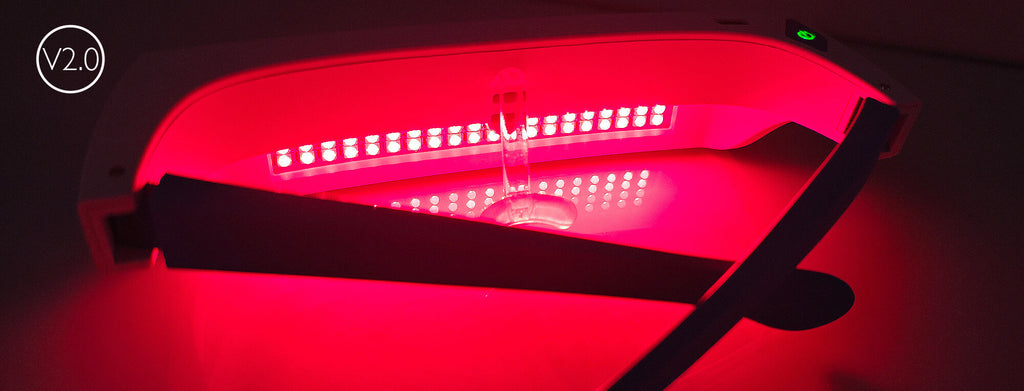Near Infrared (NIR) Light Therapy of Eye Diseases: A Review
Posted by GEGARY

Abstract
Near infrared (NIR) light therapy, or photobiomodulation therapy (PBMT), has gained persistent worldwide attention in recent years as a new novel scientific approach for therapeutic applications in ophthalmology. This ongoing therapeutic adoption of NIR therapy is largely propelled by significant advances in the fields of photobiology and bioenergetics, such as the discovery of photoneuromodulation by cytochrome c oxidase and the elucidation of therapeutic biochemical processes. Upon transcranial delivery, NIR light has been shown to significantly increase cytochrome oxidase and superoxide dismutase activities which suggests its role in inducing metabolic and antioxidant beneficial effects. Furthermore, NIR light may also boost cerebral blood flow and cognitive functions in humans without adverse effects. In this review, we highlight the value of NIR therapy as a novel paradigm for treatment of visual and neurological conditions, and provide scientific evidence to support the use of NIR therapy with emphasis on molecular and cellular mechanisms in eye diseases.
Keywords: near infrared light, photobiomodulation therapy, mechanism, eye disease
Introduction
Light is a form electromagnetic radiation characterized by particle- and wave-like properties. Electromagnetic radiation waves have unidirectional vectors, characterized by wavelengths (λ, distance in successive peaks), frequencies (oscillations per second), and amplitudes (difference of trough and peak). The energy particles within electromagnetic radiation includes photons, which travel at 3×108 m per second. Therefore, a mixture of waves will have photons traveling at various amplitudes and frequencies that are scattered and absorbed, which can be reflected by numerous objects, such as biological materials. As more and more studies have been performed to determine on how to harness this energy, the applications of light to medical therapy has advanced dramatically worldwide, for example, laser therapy is now a common treatment in certain specialties and has been shown effective for many chronic diseases without side effects.
More recently, low-level light therapy in the far-red (FR) to near-infrared (NIR) range of the spectrum (~600-1000 nm), collectively termed photobiomodulation (PBM), has gained worldwide attention in recent years as a novel tool for experimental therapeutic applications in a variety of medical conditions. For instance, applications of PBM to medical disorders, has been shown to restore functions of damaged mitochondria by upregulating cytoprotective factors and protecting against damage 1. These findings suggest laser therapy may inhibit inflammation and promote immune response and wound healing for various tissues (reviewed in 2).
This review will concisely describe the history of the modality, the current proposed mechanisms of action of NIR light at the molecular, cellular, and nervous tissue levels, the clinical indications and applications of photobiomodulation therapy (PBMT), the results of clinical studies, and the potential other benefits of PBMT in eye diseases.
Please read the Articles on National Library of Medicine by this Link



